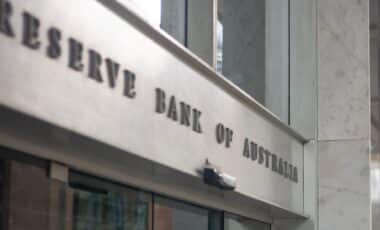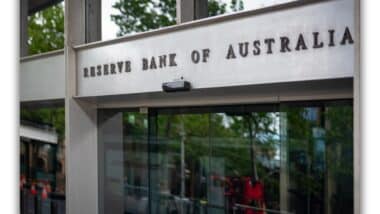Australia’s inflation rate has seen a modest decrease, offering a glimmer of hope for both mortgage holders and the Labor government. With the latest consumer price index (CPI) data showing a 2.4% rise for the 12 months leading up to February, down from the previous month, economists and the government are eyeing the potential for further rate cuts.
This shift has wide-reaching implications, particularly in the lead-up to the national election, where economic policies are expected to dominate the conversation.
The CPI figures have brought a sense of relief as rental prices and home costs show signs of stabilisation. The reduction in inflation also comes as a timely boost for the Labour government, who face a challenging election environment focused on the cost of living.
The Reserve Bank of Australia (RBA) remains cautious but acknowledges that these developments may open the door for interest rate cuts later this year.
Falling Inflation Brings Economic Relief for Australians
According to the latest data, Australia’s headline inflation rate decreased to 2.4% for the year ending in February, down slightly from January’s figures.
More significantly, the “trimmed mean” inflation – which excludes volatile elements like food and energy prices – has dropped from 2.8% to 2.7%. These numbers suggest a softening of the economy, easing some pressure on household budgets.
The moderation in price growth could have several positive effects. The most immediate impact will be felt by mortgage holders. As price increases cool, it is expected that the Reserve Bank of Australia may reconsider its monetary policy, potentially leading to interest rate cuts in the coming months.
The reduction in inflation, especially in housing and rental prices, could ease financial burdens for many Australian families. Jim Chalmers, the Treasurer of Australia, described the new data as “promising,” noting that the country might be on track to navigate its way out of the inflationary period with a “soft economic landing.”
Rate Cut Expectations and Political Implications
Despite a cautious approach from the Reserve Bank, economists suggest that a rate cut in May remains a distinct possibility. The RBA’s decision-making process is guided by the need to balance inflation control with broader economic health.
While a rapid reduction in rates might risk reigniting inflation, keeping rates too high could hinder economic growth, leading to unnecessary job losses and financial strain on households.
For the Australian Labor Party, the cooling inflation presents an opportunity to position itself as the party best equipped to manage the economy. With cost-of-living concerns at the forefront of the national debate, the government’s handling of inflation may play a critical role in determining the outcome of the upcoming election.
According to AMP economist My Bui, the RBA will be increasingly mindful of the global economic challenges, such as trade tensions with the United States, which could influence its future rate-cut decisions.









